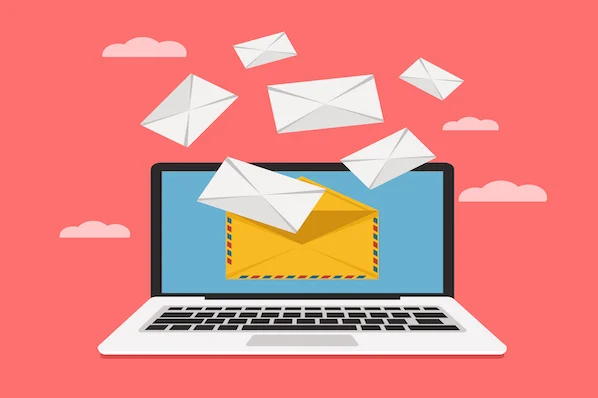
How to make your mailing list work for you
Mailing lists are great and often a completely uncapped and underutilised string to a businesses bow to be able to generate new business or re-engage previous clients. They can often be a *free (caveat on the cost of a subscription to mailchimp etc) tool for you to be able to send targeted content out to users whom you have already engaged with, have contact information for and have given you consent to reach out to them.
But many businesses shy away from and de-prioritise mailing lists. Why?
Is it because of perceived open rates and click through rates? Have they been told that email doesn’t work?
Well it does.
Okay let’s dive a little deeper, it works, if you do it well.
So in this article what we’re going to do is dive into why you should use your mailing list and how to make your mailing list work for you.
The maths of mailing lists
Your mailing list is an ever present asset that your business can utilise with a mix of customers, prospects and those that just have a passing interest, you have a way to communicate with them directly, straight into their inbox.
Whilst many will tell you emails go ignored, and in many cases this may be true, there is absolutely nothing preventing you from filling your sales pipeline or generating sales through your mailing list. So let’s look at the figures.
The average open rate for an email campaign is just over 21%
The average click through rate for email marketing is 2.91%
So let’s say you have 10,000 users in your mailing list and you run an average campaign, 2133 users will open your email, and 291 will hit your site. (Did we mention CTR isn’t from opens, it’s total sends-bounces), not bad at all right?
And say your site converts at 3% (again another average), you’ll get 8.73 enquiries/sales from that campaign.
This is just from an average campaign performance across all industries.
Now imagine you tweak that data, with more subscribers, better CTR, better landing page conversion rate, how many enquiries or sales could you generate?
Next, let’s multiply that by 4, for a mailshot every week, then let’s segment the customers by interest or past affinity and create an automation workflow for them to schedule send more frequent targeted emails.
You get the gist, what is a good return, becomes a great one and it is basically FREE once you have your list, keep adding to it, keep publishing campaigns, get user feedback, and tweak, revise, plan and grow.
The maths has you interested right?
How to create an effective email marketing strategy
Creating an effective email marketing strategy involves several key steps. Here are some tips to help you get started:
- Define your goals: Before you start creating your email campaign, it’s important to define your goals. What do you want to achieve with your emails? Do you want to increase sales, build brand awareness, or generate leads? Once you have a clear understanding of your goals, you can create a targeted and effective campaign.
- Build your email list: The success of your email campaign will depend on the quality of your email list. Make sure you’re collecting email addresses from interested customers and leads through sign-up forms on your website, social media pages, and other marketing channels.
- Segment your list: Not all subscribers are the same. Segment your list based on demographics, behaviours, interests, and other factors to create targeted campaigns that resonate with your audience.
- Craft compelling subject lines: Your subject line is the first thing your subscribers will see, so make sure it’s attention-grabbing and relevant. Avoid using spammy or click-bait language and instead focus on providing value to your subscribers.
- Personalise your emails: Use the subscriber data you’ve collected to personalise your emails and make them more relevant to each recipient. Use their name in the greeting, recommend products based on their past purchases, and send birthday or anniversary emails.
- Create engaging content: Your content should be informative, useful, and engaging. Use a mix of text, images, and videos to keep your subscribers interested and engaged. Make sure your content is mobile-responsive so it can be viewed on all devices.
- Test and optimise: Continuously test and optimise your emails to improve their effectiveness. Test different subject lines, calls to action, and content to see what resonates best with your audience.
Yes, this is all pretty generic but genuinely, that (along with great copy) and a compelling offer is all it really takes.
The key takeaway here is to know your audience and craft messaging that resonates with them.
By following these steps, you can create an effective email marketing strategy that drives engagement, conversions, and growth for your business. (And hey, if you’d like an agency to help you do just that, we’re here to help at Digital Moves)
Grow Your Business With Digital Moves
Get in touch to see how we can help you to grow your business online.
Simply fill out the form, email or call us today to get started
